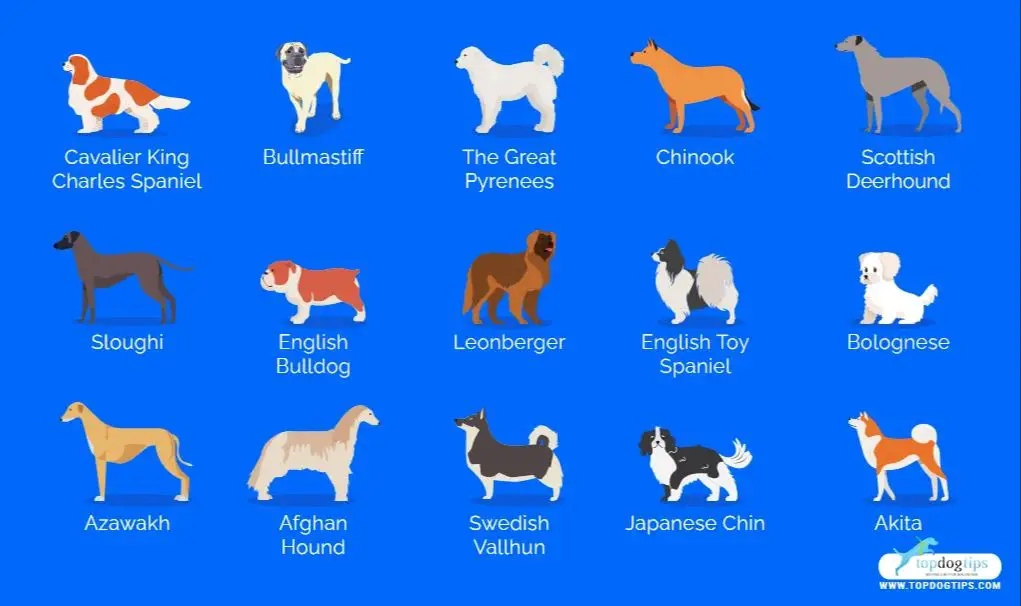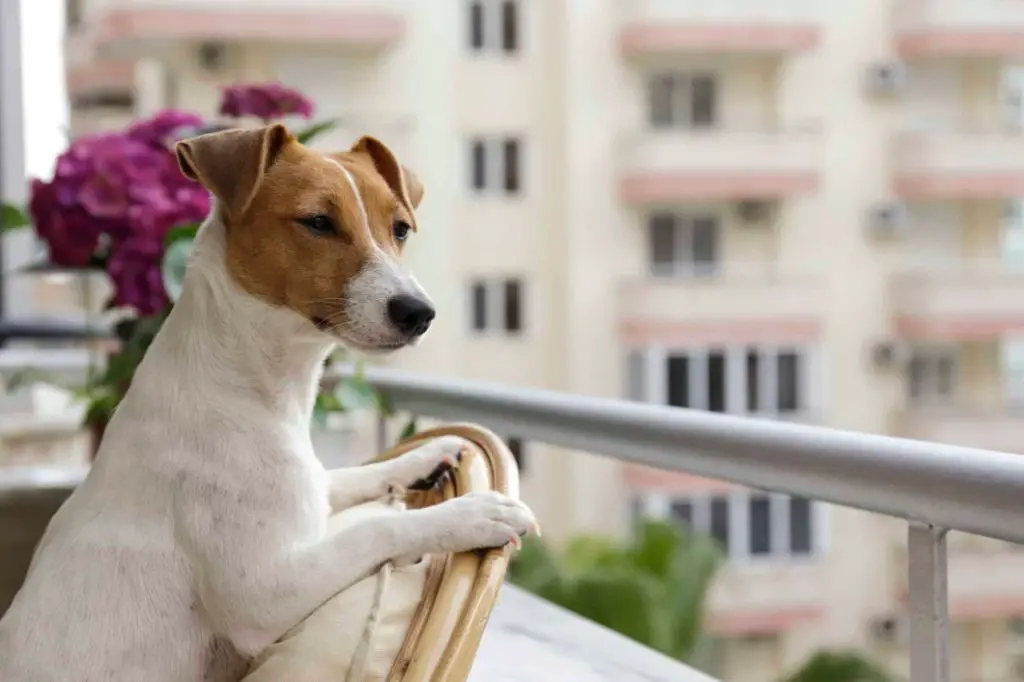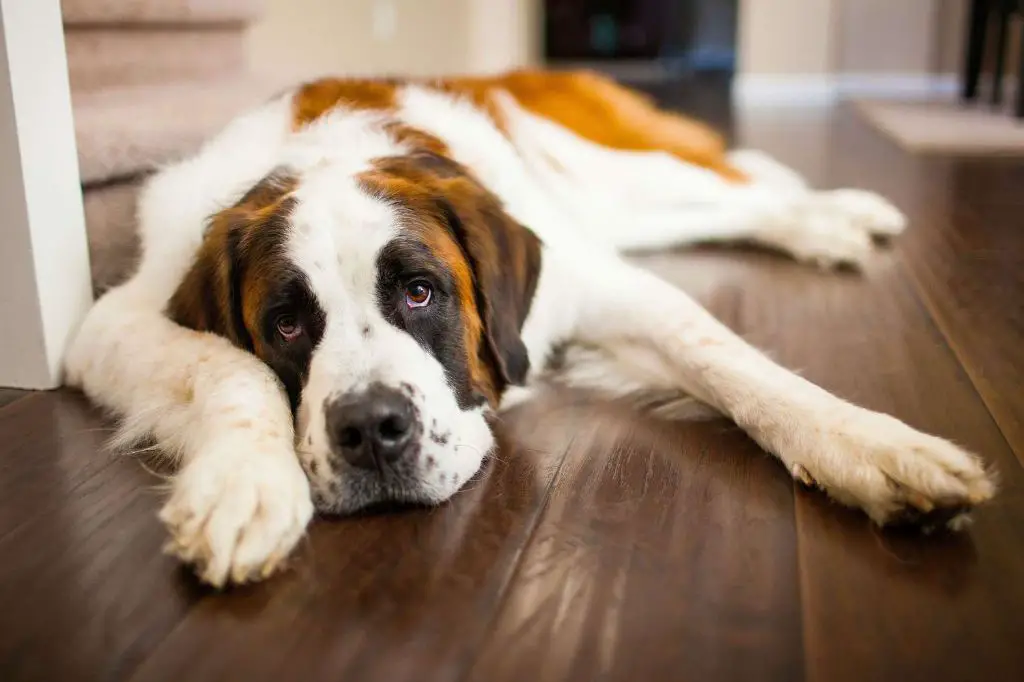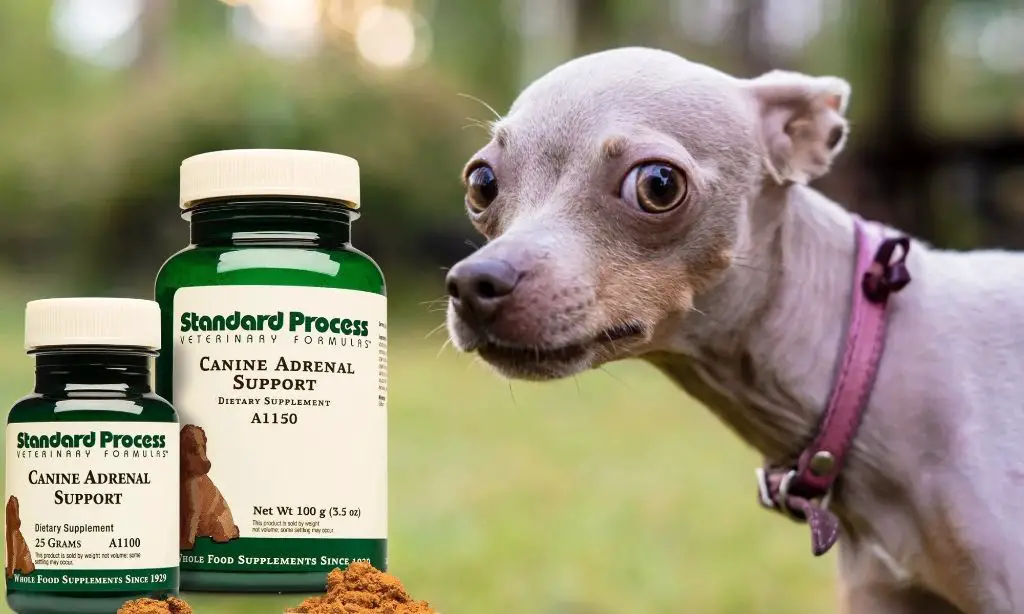Introduction
Quiet dogs that don’t shed are perfect companions for many pet owners. These dogs tend to be calm, gentle and less likely to trigger allergies. Their quiet nature makes them well-suited to apartments and smaller living spaces. Non-shedding refers to dogs that have hair instead of fur, so they shed little to no hair. These dogs produce less dander, which is attached to shed fur and can cause allergic reactions. Quiet dogs are typically lower energy and less demanding of attention and exercise.
When looking for a quiet dog that doesn’t shed much, there are several great breeds to consider. With proper training and socialization, these dogs can make for delightful pets. Their mellow temperaments and minimal grooming needs make them relatively easy to care for. Just because these dogs are quiet does not mean they don’t need daily activity and mental stimulation. With the right breed match and proper care, a non-shedding quiet dog can be a wonderful companion.
Breed Background

Many popular dog breeds today originated centuries ago, when dogs were bred for specific purposes like hunting, herding, or guarding. Over time, certain physical and behavioral traits were selected for through controlled breeding. One such desired trait was a calm, quiet temperament. This was useful for dogs kept as companions or housed in confined spaces like apartments.
Shedding traits also became a focus of breeding, as heavy shedding could be impractical. Breeders began developing dogs with specialized “non-shedding” coats, like hair rather than fur. Poodles and terriers emerged as early nonshedding breeds due to having single, not double, coats. Later came intentional crossing with poodles to produce nonshedding hybrids like labradoodles and goldendoodles.
While nonshedding dogs existed previously, it was only within the last few decades that they really grew in popularity as urban living expanded. Breeders began actively selecting for both quiet natures and low-shed coats, ultimately leading to quiet nonshedding breeds rising in demand as ideal housedogs. Today they make excellent choices for those wanting a calm companion that won’t cover their home in hair.
Ideal Home
Quiet, low-shedding dogs like the breeds mentioned above are well-suited for most home environments. Their calm temperaments make them able to thrive in apartments, condos, and small houses where loud barking or destructive behavior could be problematic. Some key considerations for their ideal home include:
- Moderate activity levels. While they don’t need acres of land to run on, regular leash walks and playtime are important.
- Temperature control. Their short coats make them prone to cold and heat sensitivity, so access to climate control is ideal.
- Minimal grooming needs. Their no-shed coats require only weekly brushing to remove dead hair.
- Indoor companions. They should live primarily inside with their family.
- No yard required. While access to a yard is a bonus, they can exercise sufficiently on leash walks.
- House training. These intelligent breeds generally pick up house training quickly with consistency.
Providing a calm, loving home where they can relax with their families is the ideal situation for these quiet, low-shed dogs. Their small size and minimal exercise needs make them a great choice for urban and suburban environments.

Temperament
Quiet, non-shedding dogs tend to have calm and docile personalities. They are often intelligent, loyal, and eager to please their owners. Since they don’t bark excessively or require intense exercise, they make ideal pets for people living in apartments, seniors, and families with young children.
Some of the most common personality traits of these dogs include:
- Gentle – They rarely show aggression and tend to get along with children, other pets, and strangers.
- Affectionate – These dogs form strong bonds with their owners and enjoy receiving love and attention.
- Quiet – Minimal barking makes them good apartment dogs. They may let out an occasional “woof” but tend to be fairly silent.
- Low Energy – Their exercise needs are minimal, making them perfect companions for less active owners.
- Intelligent – They are smart dogs that are easily trained. However, some independent thinking breeds may be more stubborn.
- Calm – They have relaxed temperaments and don’t require constant stimulation or activity to remain happy.
While each individual dog will have its own unique personality, these dogs are known for being gentle, calm, and devoted companion pets in general.
Care

One of the biggest benefits of quiet, non-shedding dogs is that their grooming needs tend to be minimal. While regular brushing is still important, most of these breeds only require occasional bathing and professional grooming every 4-8 weeks. Daily brushing can help remove dirt and distribute oils in their coat. Some breeds like poodles require regular haircuts and clipping.
In terms of exercise, most quiet and non-shedding breeds only need 30-60 minutes of activity per day. Regular walks and playtime are ideal for meeting their exercise needs. Since they tend to have lower energy levels, extensive runs or high-intensity exercise are not necessary.
Training is essential for any dog breed. Quiet, non-shedding dogs often excel at obedience training and learning commands like sit, stay, and come. Early socialization is key to prevent shyness or fearfulness. Reward-based training with positive reinforcement works best for these sensitive breeds. Establishing a routine and setting boundaries will help manage behaviors. Professional training is recommended for specific needs.
Health
Dogs that don’t shed much hair tend to be relatively healthy breeds. However, there are some common health issues to watch out for.
For small, low-shedding dogs like the Maltese and Yorkshire Terrier, dental issues like gum disease and tooth decay can occur if dental care is not prioritized. Keeping up with professional cleanings and daily tooth brushing is important.
Larger low-shed breeds like Poodles and Airedales are prone to bloat, a dangerous condition where the stomach twists. Feeding multiple small meals instead of one large meal can help prevent bloat.
Back issues and knee problems sometimes plague low-shedding dogs like Havanese and Shih Tzus, so avoid letting them jump on and off furniture. Regular exercise can keep joints strong and healthy.
Eye issues like cataracts and progressive retinal atrophy are common in Poodles and other non-shedding dogs. Catching them early and maintaining eye health is imperative.
With good preventative care, most low-shed dogs can live a long and healthy life. The average lifespan is 10-15 years.
Nutrition

Diet is an important consideration for any dog, but especially for quiet, low-shedding breeds. Smaller dogs like Maltese and Havanese have different nutritional needs than medium or large breeds. Feeding them an appropriate diet will ensure they stay healthy and energetic.
Small dogs need a food that is high in protein and healthy animal fats. This provides the energy they need while also supporting skin, coat, immune system, and organ health. Look for foods with quality protein sources like chicken, salmon, lamb, or turkey as the first ingredient. Avoid fillers like corn, wheat, soy, and by-products.
Some good options for small, quiet, low shedding dogs are:
- Blue Buffalo Life Protection Small Breed Formula
- Wellness CORE Small Breed Formula
- Merrick Lil’ Plates Grain-Free Recipe
- Nature’s Variety Instinct Raw Boost Small Breed
Medium and large breeds have lower metabolism so they need a food with moderate protein and fat levels. Look for quality carbohydrates like brown rice and oats. Good options include:
- Purina Pro Plan Focus Sensitive Skin & Stomach Salmon & Rice Formula
- Hill’s Science Diet Adult Sensitive Stomach & Skin Chicken Recipe
- Iams ProActive Health Adult Optimal Weight Chicken Formula
No matter the breed size, be sure to feed the appropriate amount based on your dog’s age, activity level, and weight. Follow package guidelines or consult your veterinarian. Provide fresh water at all times. Proper nutrition will keep your quiet, low-shed dog healthy and happy!
Best Breeds
When looking for a quiet dog that doesn’t shed, certain breeds stand out as top recommendations. These dogs tend to have calm temperaments, don’t bark excessively, and have hypoallergenic coats that produce little dander and fur. Some of the best breeds to consider include:
-
Basenji – Often described as “cat-like,” Basenjis are quiet, independent dogs that groom themselves and don’t shed much. They don’t bark but do make odd yodeling sounds on occasion.
-
Maltese – Adorable little companions, Maltese have long, silky, hypoallergenic white coats. They are gentle, playful, and quiet indoors.
-
Poodle – Highly intelligent and obedient, Poodles have tight curly coats that require regular grooming but are non-shedding. Standard Poodles are calm while Miniature and Toy Poodles are more lively.
-
Bichon Frise – With a hypoallergenic white powder puff coat, Bichon Frise are cheerful and charming. They are gentle, quiet, and happy-go-lucky.
-
Shih Tzu – Originally bred as lapdogs for Chinese royalty, Shih Tzu are affectionate companions with long, flowing coats that require frequent grooming. They are quiet indoors and polite with strangers.
While each dog has a unique personality, these breeds are known for being intelligent, loyal, and loving pets that tend to be calm and quiet at home. With consistent grooming and training, they can make ideal choices for those looking for a no-shed dog that doesn’t bark or make noise excessively.
Adoption
Adopting a quiet, low-shedding dog can be very rewarding. Here are some tips for adopting this type of pooch:
- Be patient – it may take time to find the right dog that fits your lifestyle and personality.
- Let the shelter/rescue know you’re looking for a quieter dog that doesn’t shed much.
- Ask to spend time interacting with the dog to get a sense of its temperament.
- Consider fostering first to make sure it’s a good fit before fully adopting.
- Prepare your home by removing fragile items and securing trash cans.
- Have a crate, leash, collar, bowls, and other supplies ready.
Check local shelters, breed-specific rescues, and sites like Petfinder.com when searching for your new furry friend. Some great rescue organizations to look into include:
- Almost Home Dog Rescue
- Peace of Mind Dog Rescue
- Lucky Pup Rescue
- Homeward Bound Dog Rescue
With a little patience and preparation, you can successfully adopt the right low-maintenance pooch to join your family.
Conclusion
When looking for a quiet dog that does not shed, there are several excellent breeds to consider. The Basenji, Greyhound, Whippet, Chinese Crested, Italian Greyhound, and miniature poodle are all known for being quiet canine companions that do not shed extensively. These breeds range in size from small to large, providing options for every home.
The ideal quiet, low-shedding dog for you will depend on your specific needs. Smaller dogs like the Basenji, Italian Greyhound, and poodle adapt well to apartment living. Larger dogs like the Greyhound and Whippet require more space to run and play. Those wanting an affectionate lap dog may prefer the Chinese Crested, while families with children may opt for the patient, gentle Greyhound.
While each breed has its own unique qualities, they all tend to be calm, unobtrusive, and do not shed excessively. With proper training and socialization, these dogs can make wonderful additions to homes looking for a quiet canine companion. Be sure to research breeds thoroughly, find a responsible breeder, and have realistic expectations when bringing one of these special dogs home.